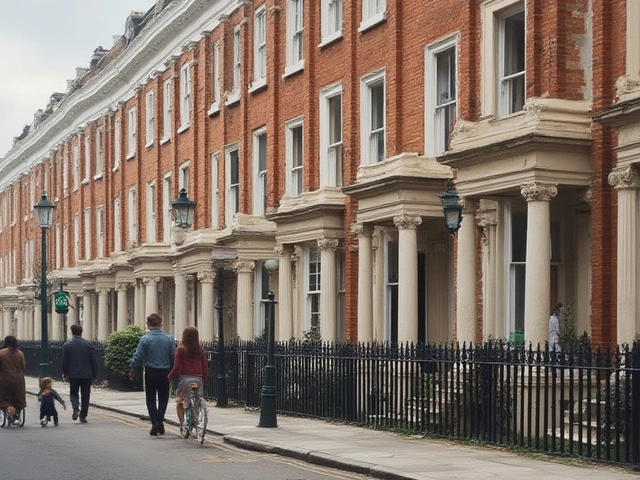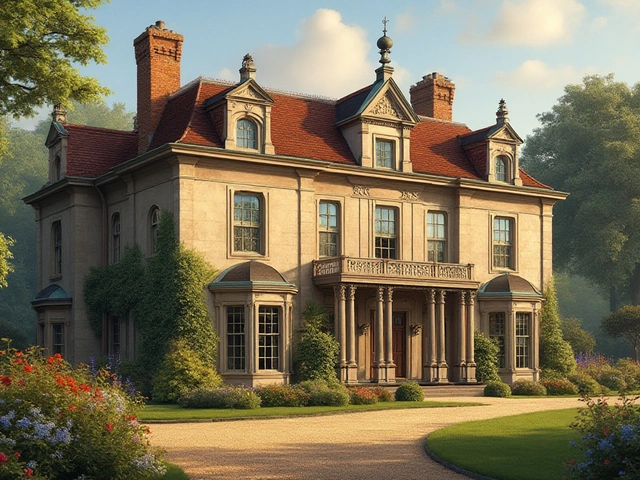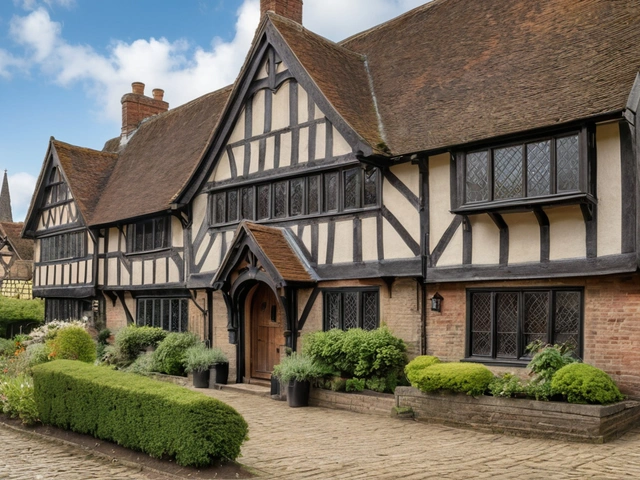The Grandeur of Mediterranean Revival Architecture
As a lover of architecture and travel, I've had the pleasure of seeing plenty of architectural masterpieces in my time. One style that always winds up wowing me, no matter how many times I see it, is Mediterranean Revival. This architectural aesthetic is something that transports me straight to a sun-dipped locale, nestled up next to the blissfully blue Mediterranean sea. With terracotta roofs, ornamental details, and a plethora of arches, these buildings often feel like they're speaking a language—an enchanting whisper to my travelling spirit.
Tracing the Roots of Mediterranean Revival Architecture
Understanding Mediterranean Revival architecture first involves understanding its roots. When we talk about this style, we're not just talking about the architectural modes of one country or region - we're encompassing styles inspired by Spain, Italy, Portugal, and Greece. This style became popular in the United States in the early 20th century, giving rise to houses that evoke the romance and luxury of a Mediterranean villa.
The Hallmarks of Mediterranean Revival Style
There are quite a few distinguishing features that help us recognize Mediterranean Revival architecture. The homes often have a rectangular or U-shaped layout. The roofs are low-pitched and covered with red, barrel tiles. Arched windows and doorways are everywhere, and the exteriors are rendered in stucco. Curiously, the design often combines elements of Roman, Gothic, and Venetian influences. This makes every structure unique, yet somehow, they are all unmistakably Mediterranean.
Diving Deep Into the Details
Each Mediterranean Revival building is idiosyncratic, brimming with decorative details that deserve a closer look. The exteriors often boast intricate cast ironwork, vibrantly painted tiles, and detailed wood carvings. For me, each facade is like a puzzle - the more you look, the more you find. Understated elegance is woven into every feature of these structures, creating an architectural tapestry that represents the rich heritage of the Mediterranean.
The Color Palette of the Mediterranean
Color – ah, now we're getting to the essence of the Mediterranean aesthetic. Much of the appeal of Mediterranean Revival architecture resides in its color schemes. The exteriors often showcase warm, earthy hues, ranging from soft cream to burnt sienna. Some buildings take a departure from this norm and use pastels or deep, dark blues reminiscent of the sea. No matter the palette, each one perfectly captures the essence of that relaxed, sun-bathed Mediterranean vibe.
The Influence of Mediterranean Revival Architecture Around the World
In an age where architectural styles often seem to blur into one another, Mediterranean Revival stands out as a recognizable and influential trend across the globe. You don't have to be in Greece or Spain to see it; you can find examples in Florida, California, and, surprisingly, right here in New Zealand. This romantic, old-world charm has traveled far from its Mediterranean roots, gracing cities and towns everywhere with its distinct aesthetic.
Personal Reflections on Mediterranean Revival Architecture
When I traveled to Spain a few years ago, I found myself utterly captivated by the allure of Mediterranean Revival architecture. Walking between the low-roofed, stucco houses with ornate detailing as the warm sun glowed above, I truly felt transported to another time. That trip remains one of my most cherished memories and has undoubtedly fueled my admiration for this architectural style.
The Unending Appeal of Mediterranean Revival Architecture
Why does this architectural style persist? I believe Mediterranean Revival endures because it represents more than just bricks and mortar. It's a lifestyle, a romance, a dream of sun-drenched afternoons by the sea, and warm, balmy evenings sipping wine on a terracotta terrace. And that’s a dream we can all get behind, right?





